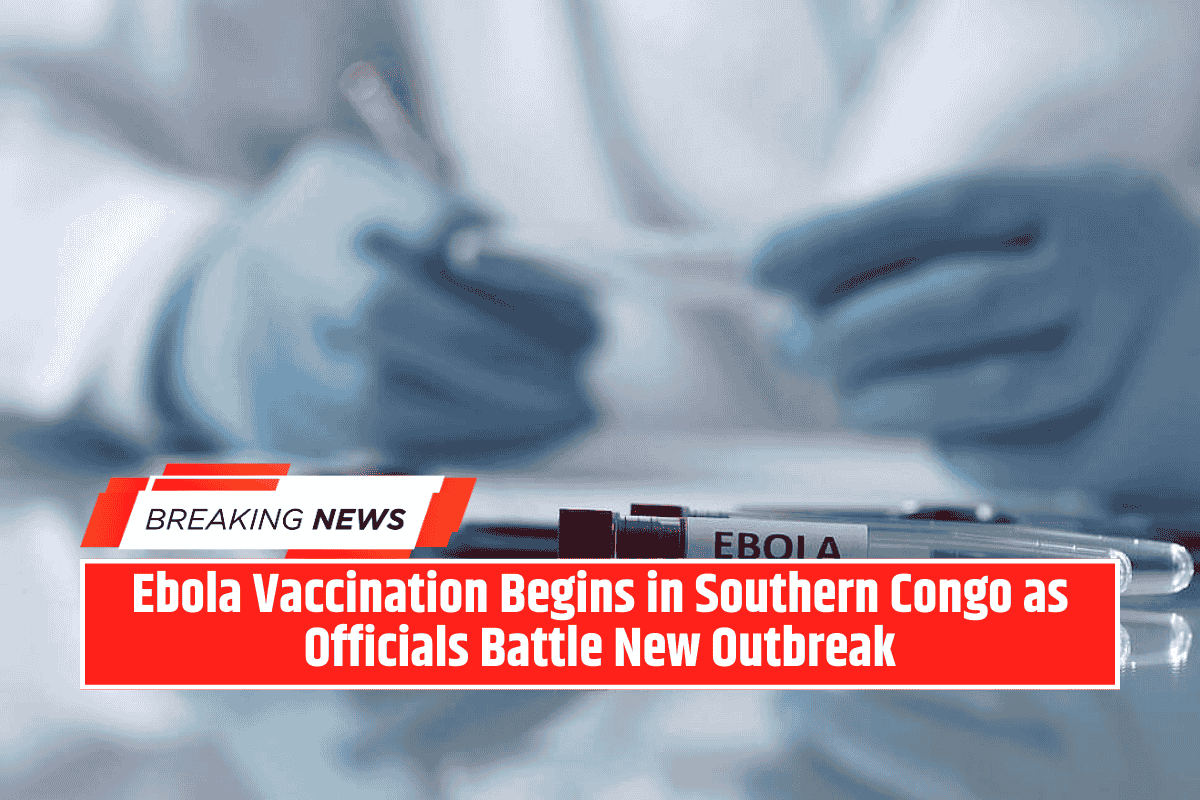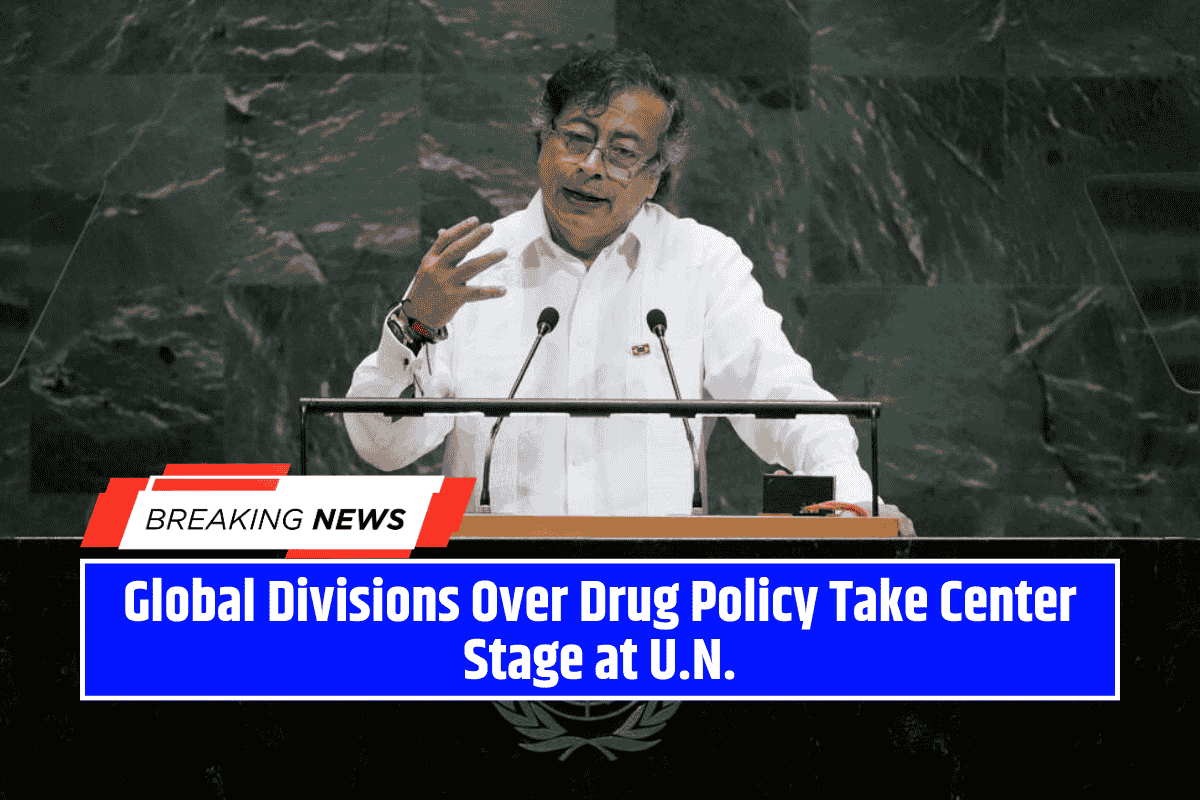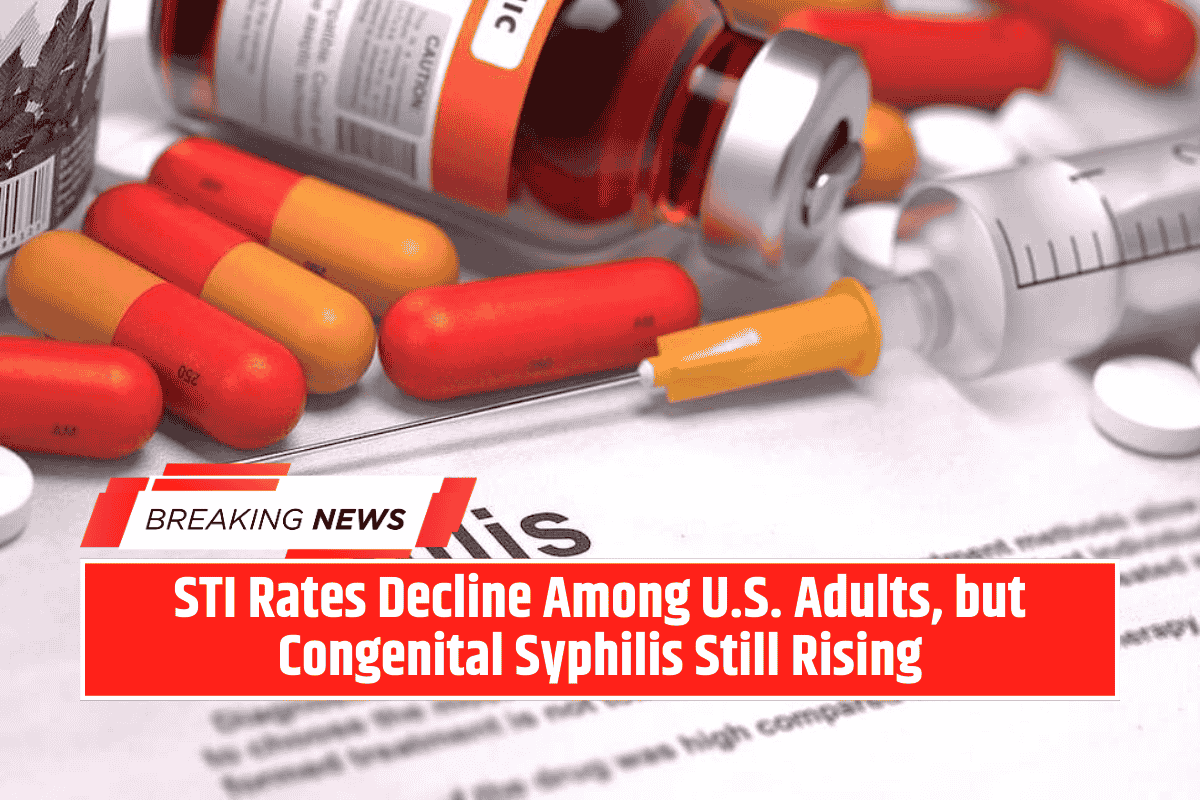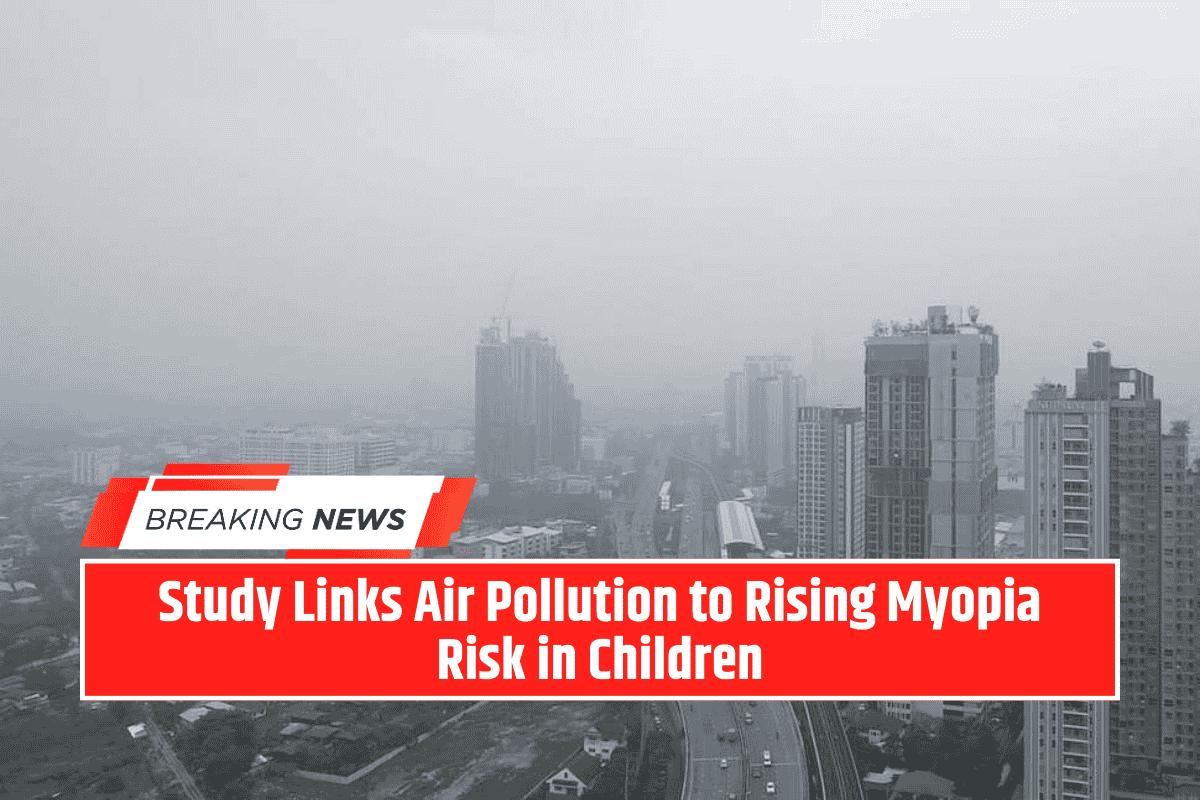Health workers in the southern Kasai province of the Democratic Republic of Congo have started vaccinating people against Ebola, following a fresh outbreak in the area.
The World Health Organization (WHO) confirmed that vaccinations have begun in the town of Bulape, where 68 suspected cases and 16 deaths have already been reported since early September.
As efforts ramp up, officials are focusing on stopping the deadly virus from spreading further.
Ebola Outbreak in Bulape: What We Know So Far
The latest Ebola outbreak was officially declared earlier this month in Bulape, a remote part of southern Congo. The virus has already claimed 16 lives and is suspected in dozens of other cases, according to the Africa CDC.
This is Congo’s 16th Ebola outbreak since the virus was first discovered in 1976. The current outbreak is caused by the Zaire species of the Ebola virus — the most deadly form.
Health experts are now working quickly to trace contacts, test suspected cases, and vaccinate those at risk.
Ervebo Vaccine Rollout Begins Despite Challenges
The first 400 doses of the Ervebo vaccine have arrived in Bulape and are being used to protect health workers, close contacts of infected people, and frontline responders. More doses are expected soon.
However, the vaccine rollout has been slow, mainly due to:
- Poor road access in remote areas
- Lack of funding
- Difficulties in transporting vaccines that require cold storage
To strengthen the response, the International Coordinating Group on Vaccine Provision has approved the release of 45,000 additional doses, alongside an emergency stockpile of 2,000 doses already present in the country.
The Ervebo vaccine has been shown to be highly effective in protecting against the Zaire strain of the virus, which makes it a key tool in stopping the outbreak.
How Ebola Spreads and Why It’s Dangerous
Ebola is a highly contagious and deadly virus that spreads through contact with the body fluids of infected people or animals. It can cause:
- High fever
- Vomiting and diarrhea
- Internal and external bleeding
- Organ failure
Without treatment, Ebola is often fatal. Past outbreaks have had death rates as high as 50% to 90%.
Quick identification of cases, isolation, and vaccination are the most effective ways to stop the virus from spreading.
What’s Being Done to Stop the Outbreak
Health teams on the ground are working on multiple fronts:
- Vaccinating people at highest risk using the ring vaccination strategy
- Tracking and testing all suspected contacts
- Educating communities about safe practices and symptoms
- Improving local healthcare to provide isolation and supportive treatment
WHO and the Africa CDC are also working with the DR Congo Ministry of Health, as well as local and international partners, to bring in more support, equipment, and funding.
A History of Recurring Outbreaks
This outbreak marks the 16th time that Ebola has struck the Democratic Republic of Congo since 1976. Though the country has built experience in handling such crises, limited resources and poor infrastructure remain ongoing challenges.
Health officials are hopeful that with fast vaccination, contact tracing, and global support, this outbreak can be brought under control quickly.









